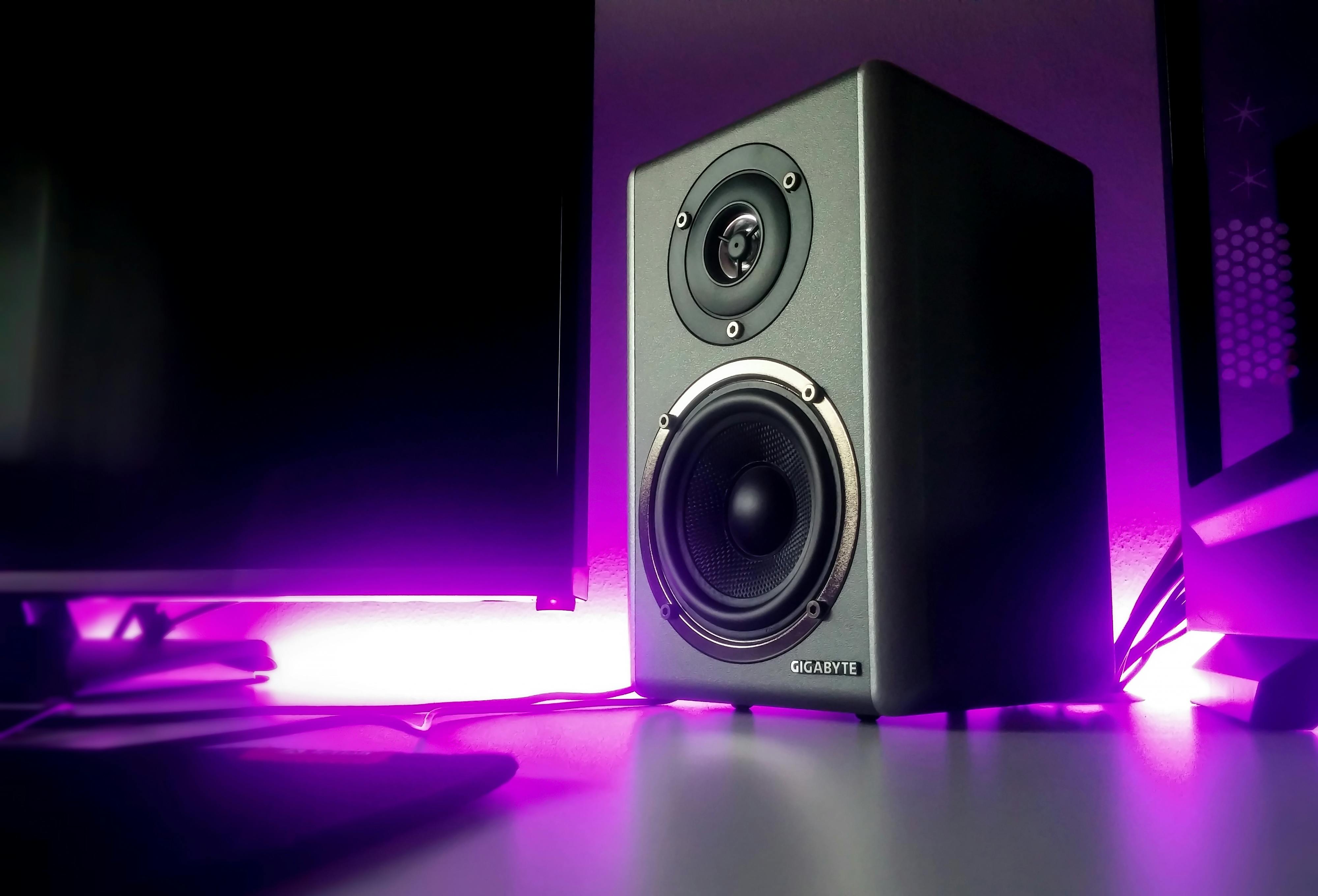Although it is no longer a “fresh out of the oven” product, the Nikon D7000 is still a fashionable product. It is less expensive than the semi-pro D300S and is the upgrade from the prosumer D90 series. Long-awaited by enthusiastic consumers, the D7000 series was very difficult to find during its first months of launch. After its official presentation to the public in late 2010, this digital SLR camera received many approval reviews and three awards in 2011.
Compared to the Nikon D90, the D7000 digital SLR has more or less similar features that are aimed at professional users. The body is made of magnesium alloy and the camera comes with 39 focus points plus two SD memory card slots. Autofocus is one of its best features. It is comparable to the D3 series and much faster than the D300S. The D7000 probably has Nikon’s best digital SLR autofocus.
Among all Nikon digital SLRs, the D7000 is the second best camera in terms of resolution. With its 16.2 megapixel resolution, this Thai-made camera is second to the 24.5 megapixel Nikon D3X. It is worth noting that the resolutions of Nikon’s professional digital SLR cameras generally range between 12.0 and 12.5 megapixels. Images captured by the D7000 can be saved in two formats: RAW (NEF) and JPEG. The average size of the images captured by this camera is 7 MB.
Recording videos of very active moving objects, such as children running, can be difficult with this camera. The Live View feature makes it difficult for users to maintain excellent focus. However, this problem occurs not only on the Nikon D7000, but also on most digital SLR cameras. However, Sony has successfully overcome this problem with its A55 digital SLR camera.
Unfortunately, unlike other Nikon products, many users have complained of having trouble connecting the D7000 to their PC via USB. The computer will not detect the camera unless the computer is pre-installed with its special Nikon driver. Unfortunately, Nikon’s software is known to have bugs that often collide with the computer’s operating system.
Another downside to the D7000 is its file and folder management system. Every now and then, for no exact reason, the camera’s operating system will create new folders on its own. Sometimes the numbering of the images captured by the camera will change randomly. The cause of the failure is not fully known, but it is likely caused by changing the mode dial U1-U2.
